If you have a garden, chances are you have some decorations that aren’t plants in it. Whether cute critters or crazy sculptures, lawn ornaments are a great way to show off your personality. And they’ve been a part of life and lawn for a long time. They tend to wax and wane in popularity, often as a reflection of what is considered tasteful and what is considered tacky. But there are some classics that have stuck with us. So now, we’re going to rank the top five most popular lawn ornaments.
5. Garden Gnomes
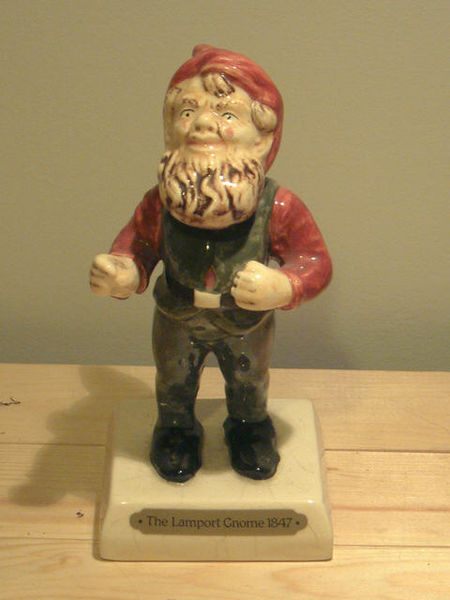
Replica of Lampy, a terra cotta gnome brought to England by Sir Charles Isham in 1847. (photo from AtlasObscura.com)
Garden gnomes have made some unexpected appearances in the news lately, with a pandemic-driven boom in popularity and Suez Canal blockage-driven pause in the supply train combining into a gnome shortage around the world. And perhaps the increase in demand is understandable.
The gnomes we know today originated in 19th century Germany and were based on characters from folklore who were said to be cheery creatures who offered late night help in gardens and protection of property. Who doesn’t want that? Being primarily a German product, their popularity was hurt by World Wars I and II, but the popularity of Disney’s Snow White and the Seven Dwarves was enough to keep them around. The 1937 film also influenced the look of gnomes, something The Smurfs would do again in the 1980s.
Early gnomes tended to be made of clay. Clay gnomes are still found today, although resin and plastic are also common. These days, you can find the garden helper who best reflects your personality, from the traditional to the unique.
4. Gazing Balls
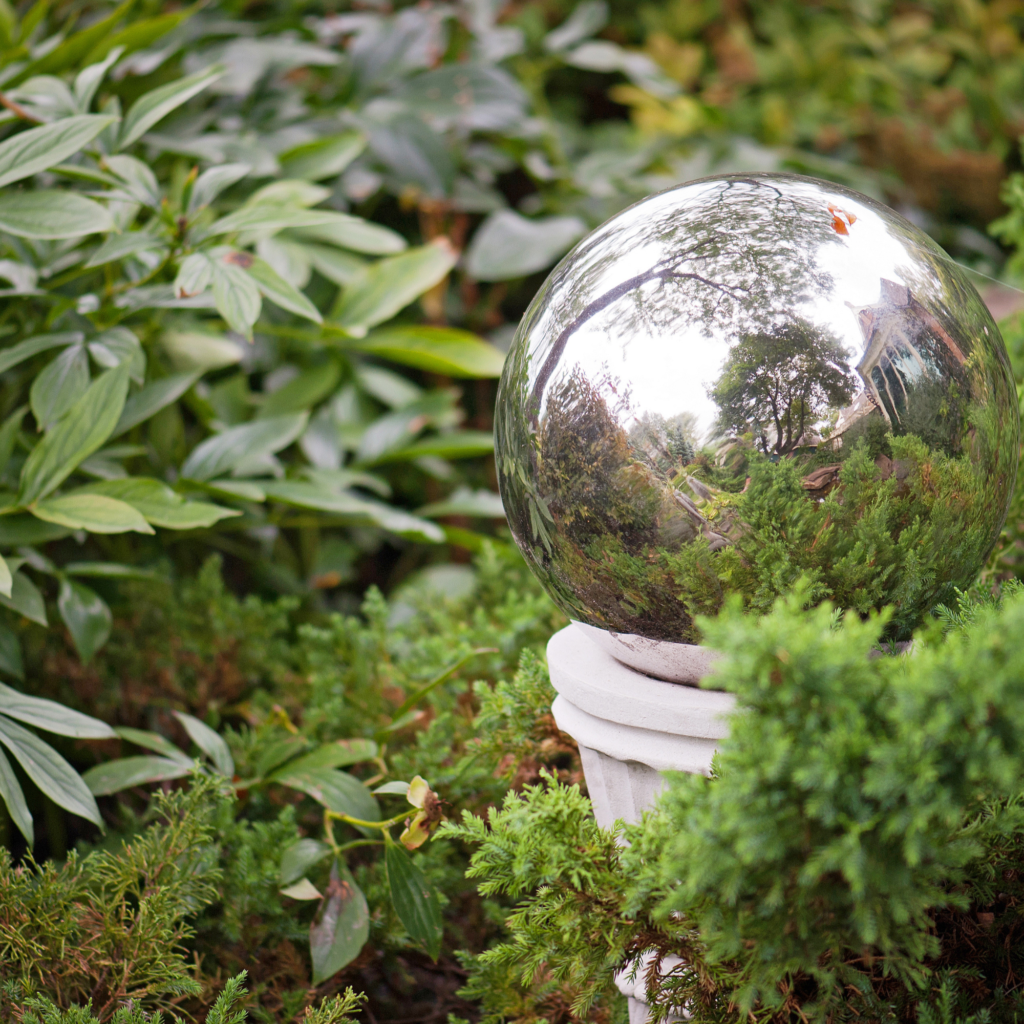
Whether you call them gazing balls, lawn balls, yard globes, witch balls, fairy balls, or mirror balls, these fragile lawn ornaments are meant to add beauty to and protect your garden. They were first made in 13th century Italy, of blown glass. Aside from just being pretty, they were thought to offer protection from disease, evil spirits, ghosts, and witches. In other legends, rather than warding off the bad, they were thought to attract fairies and good spirits. They could also be strategically placed to spy or keep an eye on guests. In the 20th century, gazing balls found their way to America, where they became symbols of wealth and success. They can be found in blown glass or reflective metals, on columns or the ground, hand-painted or clear, and are a good way to make a statement.
3. Whirligigs
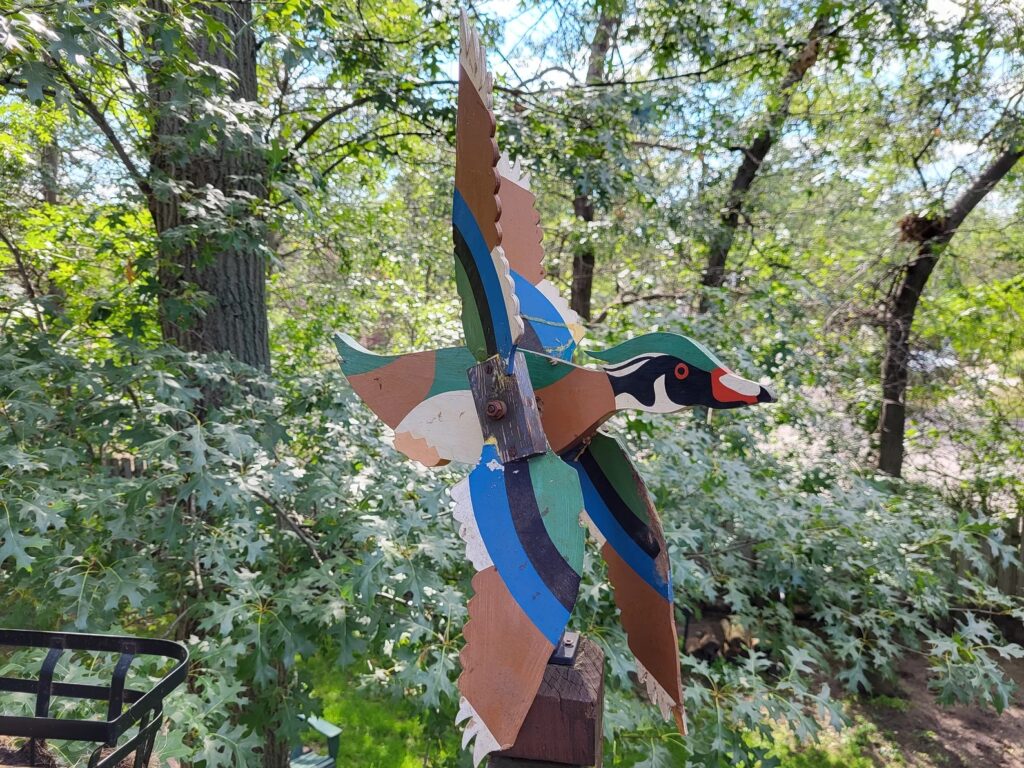 Vintage wood duck whirligig from RedsRustyRelics, $75 on Etsy.
Vintage wood duck whirligig from RedsRustyRelics, $75 on Etsy.
Whirligigs cover a lot of things, and they’re all pretty awesome. Pinwheels, weathervanes, and spinning toys all fit here. The origins of whirligigs are unclear, but the first is believed to be a button whirligig, a simple spinning toy that Native American children played with in 500 BC. Similar toys were also popular during the Great Depression, as they could be made from common supplies like buttons and string. Whirligigs also became a common part of folk art and yard decor. Whirligigs can be simple or complicated and can tell stories about the garden they’re placed in. Aside from being ornamental, they can also have a purpose. Their constant motion can scare away pests, so they’re fun to look at and a functional part of any garden.
2. Geese
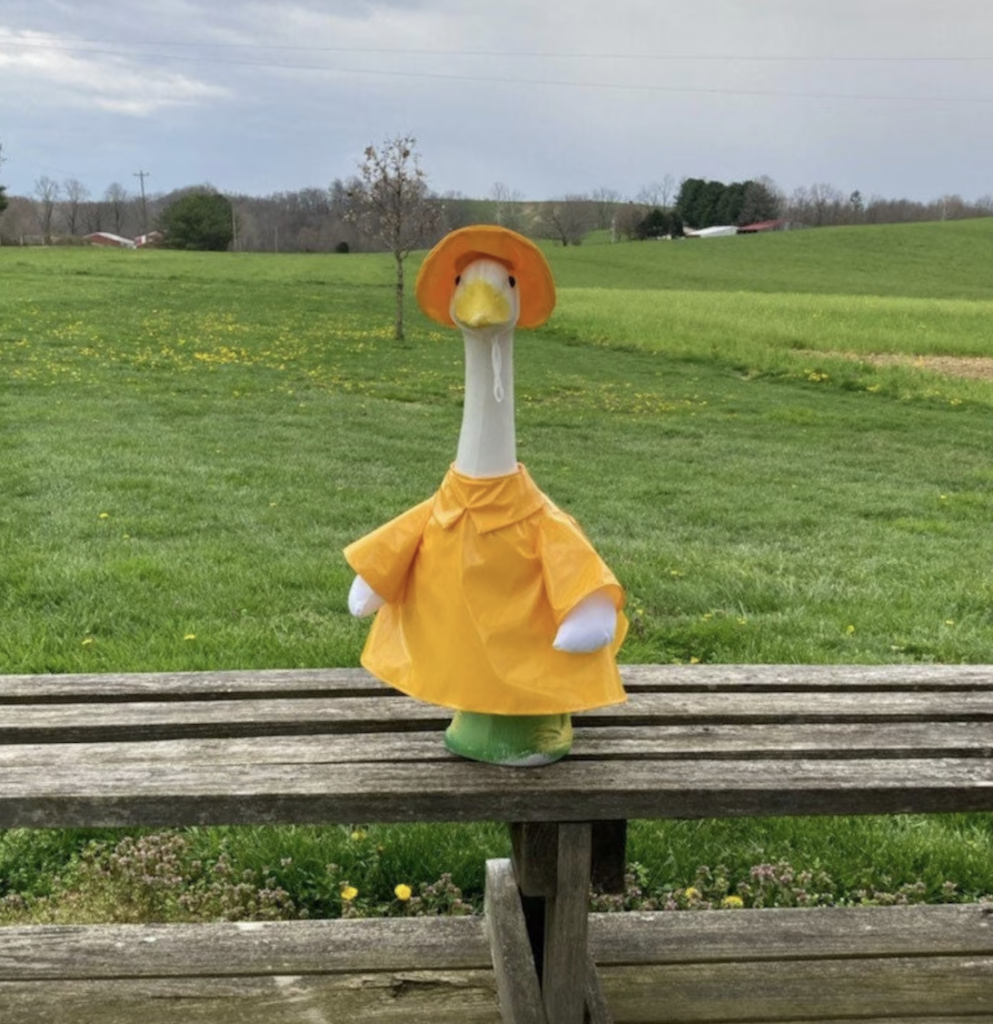
Lawn goose raincoat and hat from TakeAGanderClothing on Etsy, $40.
Decorative geese are relative newcomers on this list, becoming mainstream in the 1980s, but they make up for that by being delightful. Their origins as lawn ornamentation are a little murky. Concrete geese might have started in Kentucky, and it’s possible that their plastic cousins originated in Massachusetts. In the 1990s, the geese started to get fashionable, with people in the Midwest starting a trend of dressing their lawn geese.
Historically, geese were something of a symbol of good luck in a garden. They like to eat many pests that could damage crops and are also territorial enough to serve as a warning system. And now, their concrete and plastic brethren are saving our gardens from the dangers of being underdressed.
1. Flamingos
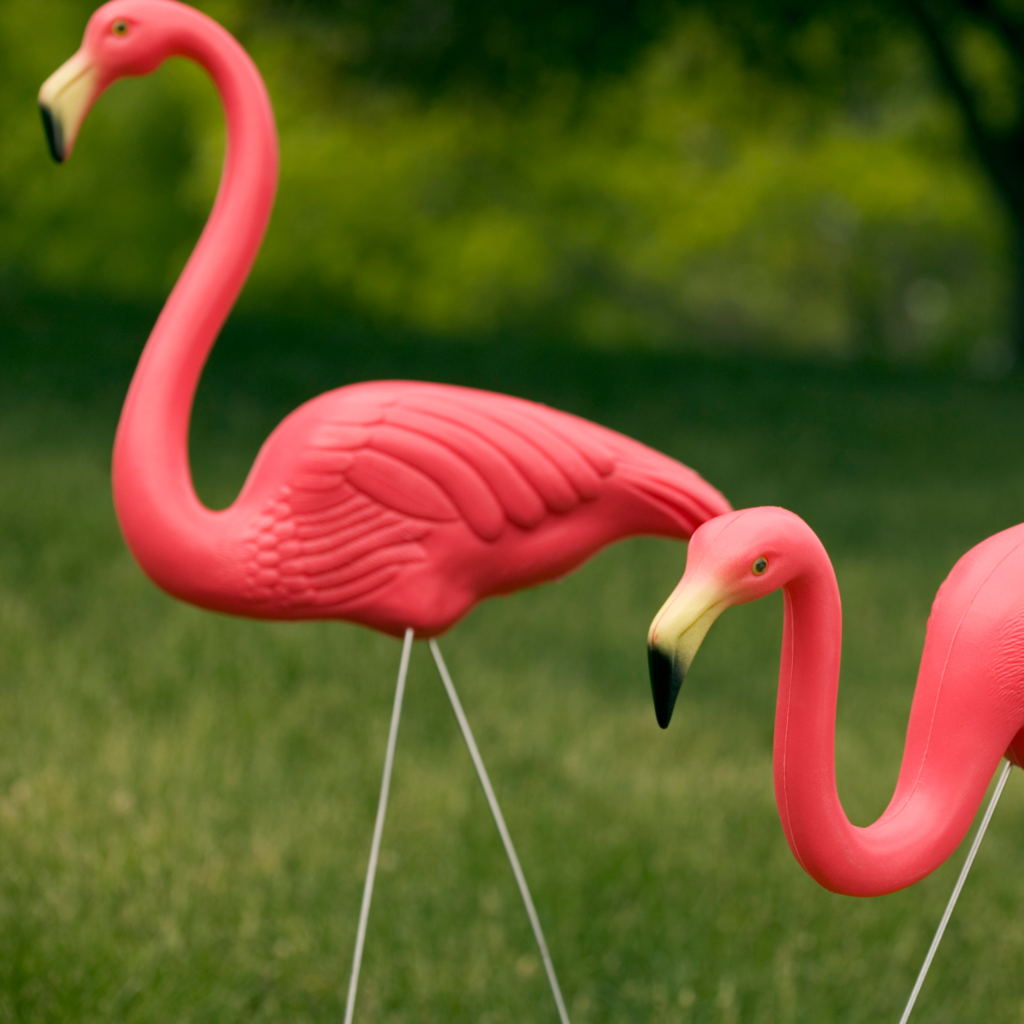
A true lawn ornament icon of yards and gardens everywhere. Designed by Donald Featherstone in Leominster, MA in 1957, pink flamingos have been a hit ever since. They were first sold as pairs of two in the Sears Roebuck catalog for $2.76. They were popular with working-class homeowners who wanted to add some beauty to their yards. In the 1960s, because they were mass-produced and plastic, they became seen as a symbol of all things tacky. But nothing can keep a good lawn ornament down, and they surged in popularity again in the 80s and 90s, because they are objectively excellent. Make sure you look for Featherstone’s signature, added to the molds in 1987, to ensure you’re getting the real deal.
Sources:
Popular Lawn Ornament History, Kennan Perry on Ranker.com
The Story Behind Garden Gnomes Is More Compelling Than You Might Think, Elisa Parhad on GardenCollage.com
Gazing Ball History, Mick Telkamp on HGTV.com
History of Gazing Gloves, MainStreetSeedandSupply.com
What is a Whirligig, Anyway?, Lauren Okie on HappyGardens.com
History of Goose Lawn Ornaments, Alicia Rudnicki on eHow.com
Another Goose in Clothing Spotted, Linda K Sienkowietz on her blog
How the pink plastic lawn flamingo became an American cultural icon, Jen Trolio on Vox.com.
Guest author Lydia Stedman is old enough that things from her childhood are officially vintage. And not just because she grew up in a vintage-friendly household. Her vintage collections include costume jewelry, books and decor oddities.

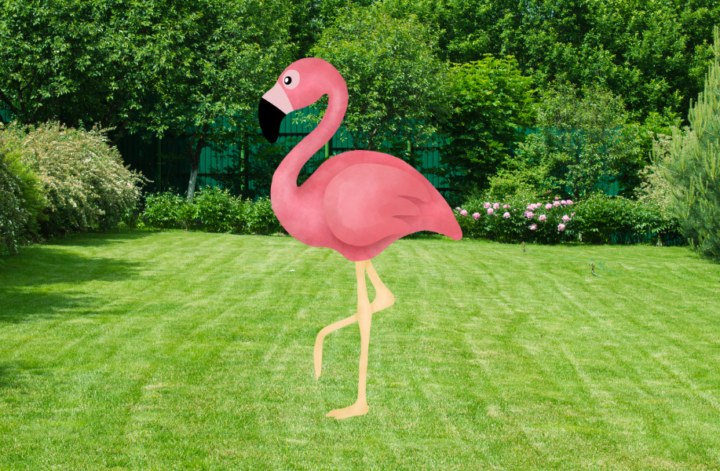

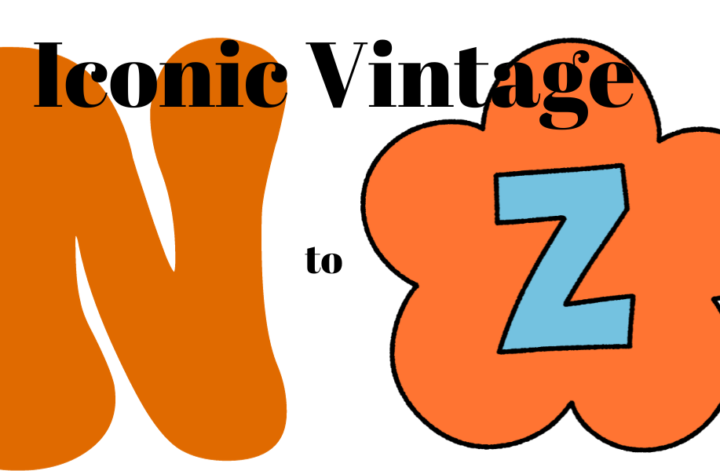
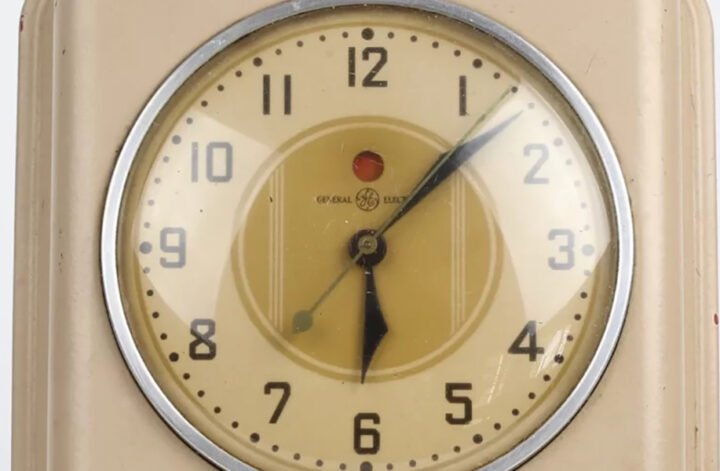

3 comments
Fun article! I’ve never seen the dressed geese – I’ll have to keep an eye out!
Loved your ranking, Lydia. I agree that pink flamingos ARE #1.
Loved your article and agree with Flamingos ranking #1. I have a couple in my yard?